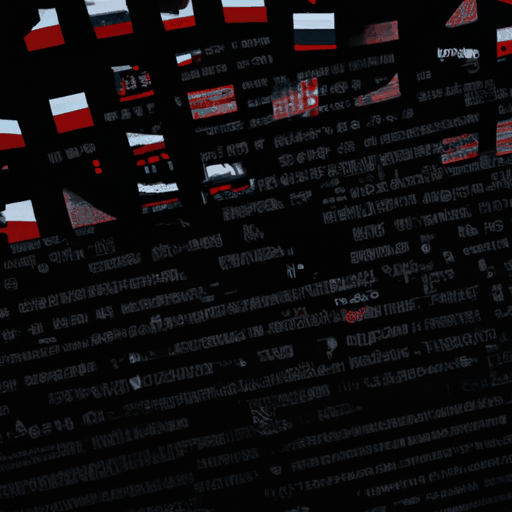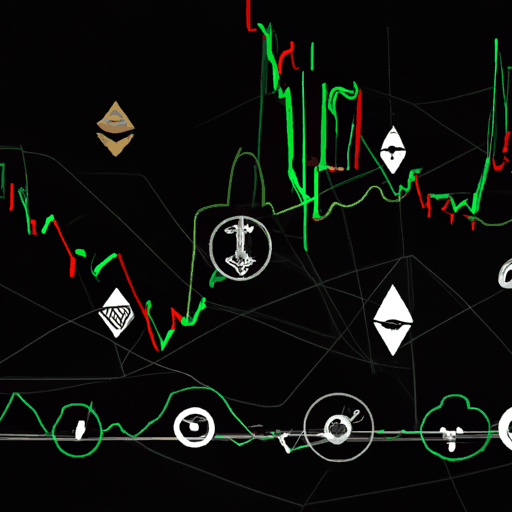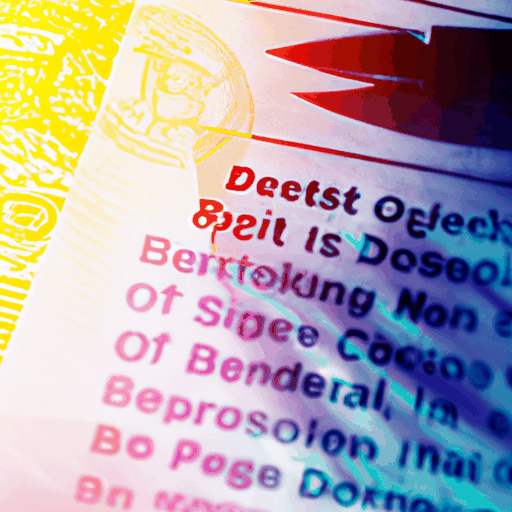
Exploring the AI Influence on Trump's Tariff Rate Formula
By: Eva Baxter
In a surprising twist that circulates the nexus of technology and governance, speculations are rife regarding the possible AI-generated roots of US President Donald Trump's recent tariff rate formula. The announcement, made amid fanfare at the White House Rose Garden, revealed a reciprocal tariff plan proposing a minimum 10% tariff on all imports from countries engaged in trade with the United States. However, discussions across social media platforms suggest an intriguing connection to artificial intelligence, specifically OpenAI's renowned Chatbot, ChatGPT.
Several users on the social media platform X claim that they have managed to replicate Trump's tariff rate formula using nothing more than a rudimentary prompt on ChatGPT, a tool that has been at the forefront of AI innovation. The prompt allegedly generates a formula that resembles the tariff plan announced by Trump. For those not aware of this development, key figures in the tech space and trade policy analysts have highlighted the potentially groundbreaking implications, both technologically and politically. Observers hypothesize whether the President's team sought AI's assistance in formulating these complex economic policies, thus posing questions about the growing role of AI in governmental decision-making.
The theory is bolstered by reports that other leading AI chatbots, including Gemini, Claude, and Grok, have returned similar calculations for reciprocal tariff measures, an indication of the interconnectivity among AI technologies. Such findings open up debates on the ethical implications of using AI in policy making. While some hail AI's involvement as a step towards data-driven policymaking, others caution against the erosion of human deliberation in critical governmental processes.
Whether 'vibe coding' with AI, as some cheeky commentators suggest, or genuine AI consultation was involved remains speculative but roots the dialogue about transparency and accountability in AI's public deployment. As AI continues to make inroads into traditionally human-occupied domains, the unfolding scenario offers a preview of potential future intersections of technology with key policy formulations.



